The pleasure is mine.
Hey all, and welcome back to another week of Meta Breaker, the weekly series where I cover the process of building new decks to take down what’s dominating in the current Standard meta. Last week we saw a pretty big shakeup with Doom in the Tomb introducing a bunch of new Wild cards into the metagame, and it was a bit tough to figure out precisely what the boogeyman was going to be. Now that it’s been a week, though, things have settled down a bit, and we have a better idea of what we’re up against. Here’s a recap of what you can expect from each week’s article:
- Analyzing the current meta and choosing what deck(s) we’d like to target.
- Assessing the strong and weak points of our target(s).
- Identifying cards and strategies that may prove effective against our target(s).
- Building an initial version of our deck and trying it out against the field.
- Continually refining the decklist using observations and statistics taken from test games.
The Dust Has Settled
So it’s been a week, and we’re seeing a good number of the Doom in the Tomb cards having a noticeable effect on Standard. In particular, though, I’ve noticed a rise in Highlander strategies as well as N’Zoth control strategies that I predicted last week. Plenty of slower, high-late game value builds are coming out of the woodwork that control the board and end with a big finisher. However, the best-performing deck, according to stats, isn’t a very controlling one - HSReplay has Secret Highlander Paladin as the top Tier 1 deck! Let’s take a look at this version from our most recent Standard Meta Report:
This deck’s a pretty interesting deviation from non-Hunter Highlander lists in that its curve is quite low. There’s a lot to unpack here with so many different cards in the list, so let’s get started.
How does this deck win?
Usually, highlander decks win by being a reasonable deck despite the singleton restriction that also happens to contain some extremely powerful haymaker cards as payoff- in this case, Zephyrs the Great and Sir Finley of the Sands. This deck is a little different in that there are a couple other reasons why it wants to be highlander. With Mysterious Challenger making a return to Standard, Secret archetypes are often encouraged to run as many different Secrets as they can to fully take advantage of Challenger’s battlecry, which helps push the archetype towards being Highlander anyway. Another part of what makes this deck so strong is that even though it’s running a lot of different cards, many of those cards are quite similar and fulfill similar roles in the deck’s gameplan and synergies. As for the deck’s actual gameplan, it’s pretty much an average midrange deck. It curves out with minions and utilizes mana efficiently, maintains control of the board, and outvalues opponents with Highlander legendaries.
How does this deck lose?
The primary trouble with Highlander strategies is always going to be consistency. Although they can somewhat make up for this with card draw and redundant copies on curve, there are always going to be games where they draw from the weakest third of their deck in the first 6-7 turns and get run over. In addition, this deck also lacks a bit of late-game insurance and has the potential to get out-valued by a wide variety of archetypes. A deck that is capable of punishing early stumbles or out-valuing them in fatigue situations should be well-positioned to beat the Paladin.
Just win 4Head
Quick points on how we expect to beat Secret Highlander Paladin:
- A consistent gameplan that punishes early game stumbles
- Has late-game resource generation
Note that this is pretty close to "Just make a good Hearthstone deck LUL." This is because Secret Highlander Paladin has a pretty generic playstyle, so it's not super obvious what direction we should go to punish them. However, we do know that the deck runs a lot of 1-drops, so being able to contest those no matter what in the early game is important.
Brainstorm
Unfortunately for the Secret Paladin, finding an effective counter is indeed some of our business. We’re looking for a strategy that can effectively punish early stumbles, but that also can go late if their curve is on point. That juxtaposition lends itself to a somewhat different style of aggro deck- and a card I’d like to try out is one that hasn’t seen a ton of play, but I’ve always thought has good potential: Lifeweaver.
- 2 Lifeweaver - Now, obviously, when you look at this card, it doesn’t scream “Aggressive gameplan.” It’s a 2/5 for 3 that has an effect based on restoring Health. However, what’s nice about Lifeweaver is that Druid does have the tools to build an aggressive strategy that punishes stumbles, and if you provide the appropriate setup for this card, it can be an effective source of continuous card generation in longer games. I believe Druid has the tools to make this work even in an aggressive shell, so let’s see how it shapes up.
Healing Setup
- 2 Crystallizer - So when we’re figuring out a way to build an aggressive shell that enables Lifeweaver, we know we’re going to be including cards that heal, but we also need cards that give us stuff TO heal. Crystallizer has an acceptable rate for a deck focused on curving out, and as we’ll see, the 1/3 body will be useful in other ways as well.
- 2 Injured Tol'vir - Pretty decent rate even by itself and is insane if you heal it. Sees a lot of play in the Priest decks that employ a similar type of strategy. Sets up healing synergies while also just being a good card on its own.
- 1 Ornery Tortoise - Acts as a third copy of Crystallizer. We often want our face to be damaged so we can heal it, so the drawback is usually an upside. Also, an efficient body that will usually get buffed. The reason this isn’t Injured Blademaster is that the Blademaster is pretty useless on its own if we don't have a way to heal it.
- 2 Beaming Sidekick - Super efficient 1-drop for any deck, and keeps your minions alive so that you can heal them.
Healing Tools
- 2 Neferset Ritualist - This bad boy is insane when you’ve given it the proper setup. Can often give you like 10+ points of health for 2 mana, which is absolutely insane. Even in the cases where you heal nothing, it’s at the very least a Crocolisk.
- 2 Potion Vendor - This is where we try to combo with Lifeweaver. It’s a little bit out there, and will sometimes be stuck useless in your hand. However, in any minion-based matchup where you’re trading in the early game, landing this on 2+ minions is pretty much GG. It’s possible we want this down to 1 copy due to its slight inconsistency, but I believe I’ve included enough enablers that this card can shine.
- 2 Dreamway Guardians - Repeatable sources of healing are awesome. Makes for a great curve into Lifeweaver, especially if you have Crystallizer on turn 1. Also deals really well with pretty much all of Secret Pally’s early 1-drops.
- 2 Vicious Scalehide - This one I’m skeptical about, but I felt that I needed a little more healing, and this guy was preferable to something like Voodoo Doctor. He helps kill off those pesky Silver Hand Recruits and triggers Lifeweaver multiple times but falls off after turns 2-3.
So once we’ve got this rather large core for our strategy, it looks like we’re actually running something similar to Warlock’s Heal Zoo from last year. The noticeable differences are the Hero Power and the fact that we’ve got more swarm and less direct burn damage. At this point, the cards I’m looking to add should hopefully give us more explosive burst with our small minions and give us some tools to go late if need be. Let’s take a look:
Swarming
- 2 Power of the Wild - We’ve got a lot of random small dudes lying around. Why not buff them up and finish off the opponent? It can also help enable the big Potion Vendor plays we mentioned before. This really helps all the random 1/2s and 1/3s have much higher game impact.
- 2 Blessing of the Ancients - Again, once we’ve established a board, it’s time to build it up and go face! A little slower, but we get two board buffs for one card.
- 2 Acornbearer - The deck could use some more 1-drops to ensure we curve out, and Acornbearer both helps us keep our board full for the buffs and helps fill out gaps in our curve.
- 2 Lightwarden - Assuming we’re consistently able to get off multiple heals in a turn with Lifesteal minions, Potion Vendor, and Ritualist, there’s potential for Lightwarden to 2-shot somebody as long as we keep it alive. The Frodo to Beaming Sidekick’s Samwise.
Going Late (If we need to)
- 2 Crystal Stag - Strong tempo play for 5 mana, which is around where our curve tops out. Unsure how often we’ll actually be able to enable it by turn 5, but Crystallizer helps out a lot. If any deck can do it, it’s this one. This guy helps us ensure mid-game board control and set up good board buffs on turn 6 and after.
- 1 Barista Lynchen - I first thought of this card in combination with Crystal Stag (getting you four more rushing Stags). However, we’ve actually got quite a lot of cheap Battlecry minions lying around- Crystallizer, Tol’vir, Tortoise, Sidekick, Ritualist, and Vendor. Since we hope to keep them healthy, a turn 5 Barista could generate 3-5 extra cards for us!
- 2 History Buff - I must admit this guy’s been a pet card of mine since last week’s Handbuff Zoo deck. He does fit in pretty well for this deck, though, both in the curve and the gameplan. He synergizes well with Acornbearer and Crystal Stag, and helps our mid-game plays be that much stronger and easier to pull off. Also a great removal magnet.
Let’s see what the deck all looks like:
Playtesting
Here’s how we did in 12 playtest games on the Standard ladder:

Playing the deck on the ladder, I had some interesting results. Some games, where you hit Crystallizer into Lifesteal into Lifeweaver, the deck honestly just feels unstoppable. You’re generating free cards, you’re controlling the board, and you’re bursting people down on turn 5-6. However, in the games where I wasn’t hitting those combo draws, the deck felt quite weak. There are many cards in this deck that aren’t effective unless combined with certain other cards (The healing synergies in particular). I feel that perhaps the deck could use a second copy of Ornery Tortoise, just to help ensure that the Lifesteal triggers are always online.
As far as matchups went, I won pretty convincingly over all three Highlander Paladins I faced, so that’s nice. Blessing of the Ancients and History Buff did a good job snowballing the early boards I created before opponents could recover. Where the deck struggled, however, was against the decks that go long and have copious amounts of AoE, such as Quest Shaman. This was not entirely unexpected, as all our card generation depends on having a board presence already. Personally, I felt that some of the losses to AoE could be fixed with more careful play in the control matchup, so we’ll see if that changes as I play more games with the deck.
Where to go from here
This deck combines a lot of bits and pieces from a couple different archetypes, so perhaps we’d be better served by leaning either more towards Aggro or Combo.
- -1 Barista Lynchen, -2 Crystal Stag, -2 History Buff, -1 Vicious Scalehide, +2 Wild Pyromancer, +2 Pounce, +2 Crystal Power, +1 Keeper Stalladris: Going all-in on buffing Lightwarden might be the way to go. Wild Pyromancer and Potion Vendor can combo for some surprise burst turns, either killing the opponent with Lightwarden or generating a ton of spells with Lifeweaver.
- -1 History Buff, -2 Vicious Scalehide, +2 Temple Berserker, +1 Ornery Tortoise: These changes are keeping the deck’s core gameplan a bit more conservative. Berserker over Scalehide can help keep a sticky threat around in the early game and also handily provides an extra damaged body for cheap.
- -2 History Buff, -2 Lightwarden, -1 Potion Vendor, +2 Lifedrinker, +1 Ornery Tortoise, +2 Untamed Beastmaster: These changes are probably a bit more… *ahem* 4fun- But I could see some strong Crystal Stag plays in conjunction with Beastmaster, and there’s already a decent number of Beasts in the deck that I’d at least be interested in trying this iteration.
That’s all for this week’s Meta Breaker. How would you change today’s deck? How have you guys been enjoying the Doom in the Tomb meta so far? (I personally think it’s pretty fun). Let us know in the comments below. Catch me next week when I build a deck to beat the new, completely undisputed, Tier 1 boogeyman- Heal Zoo Druid.
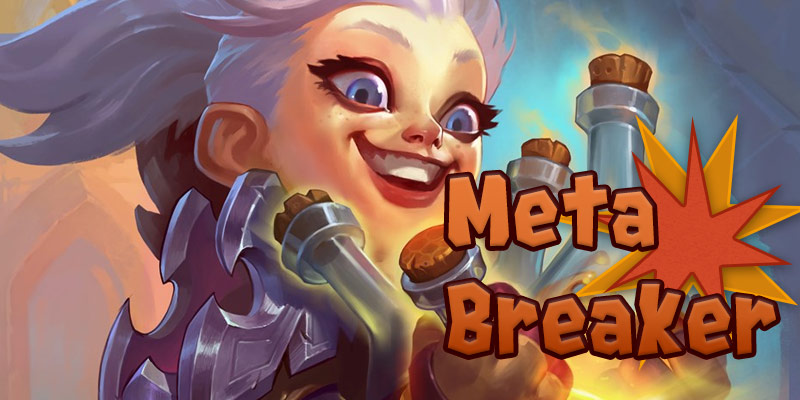
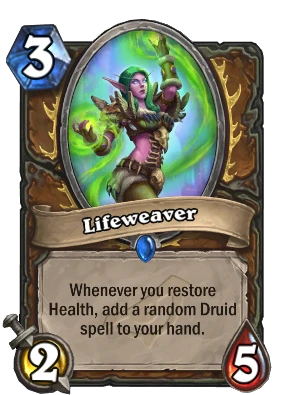
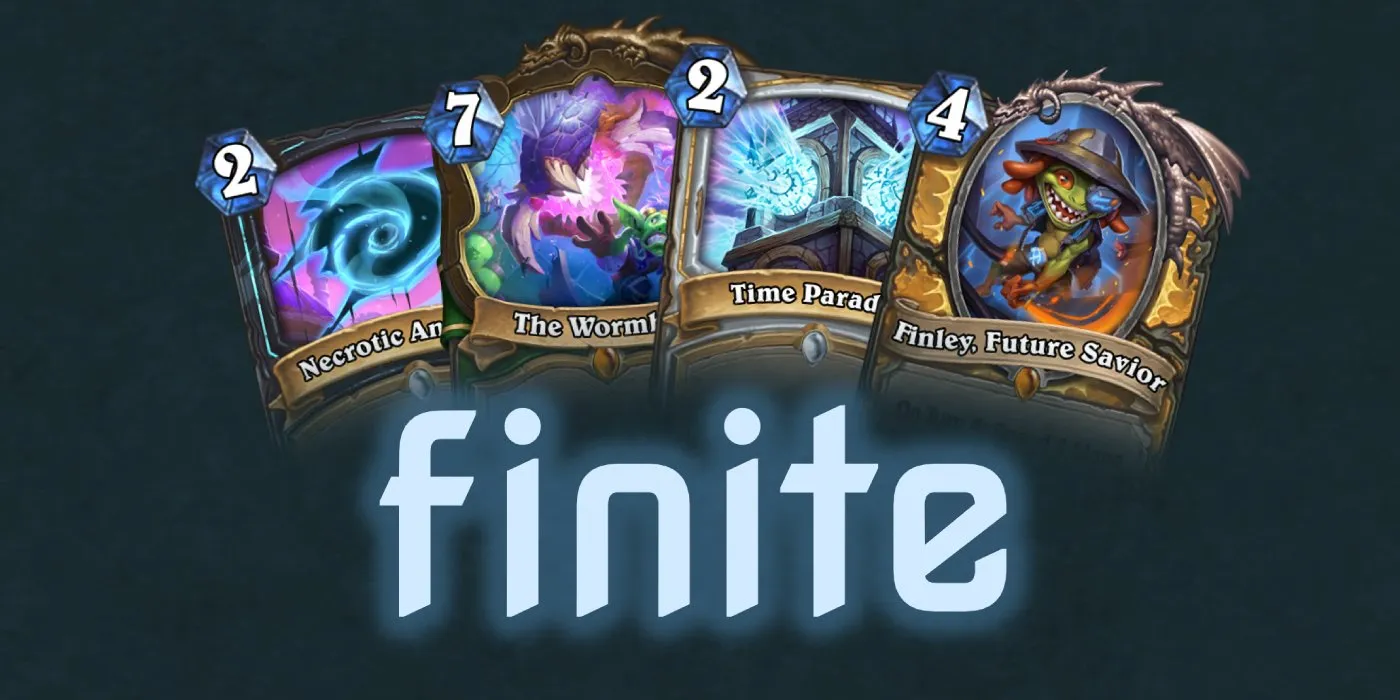
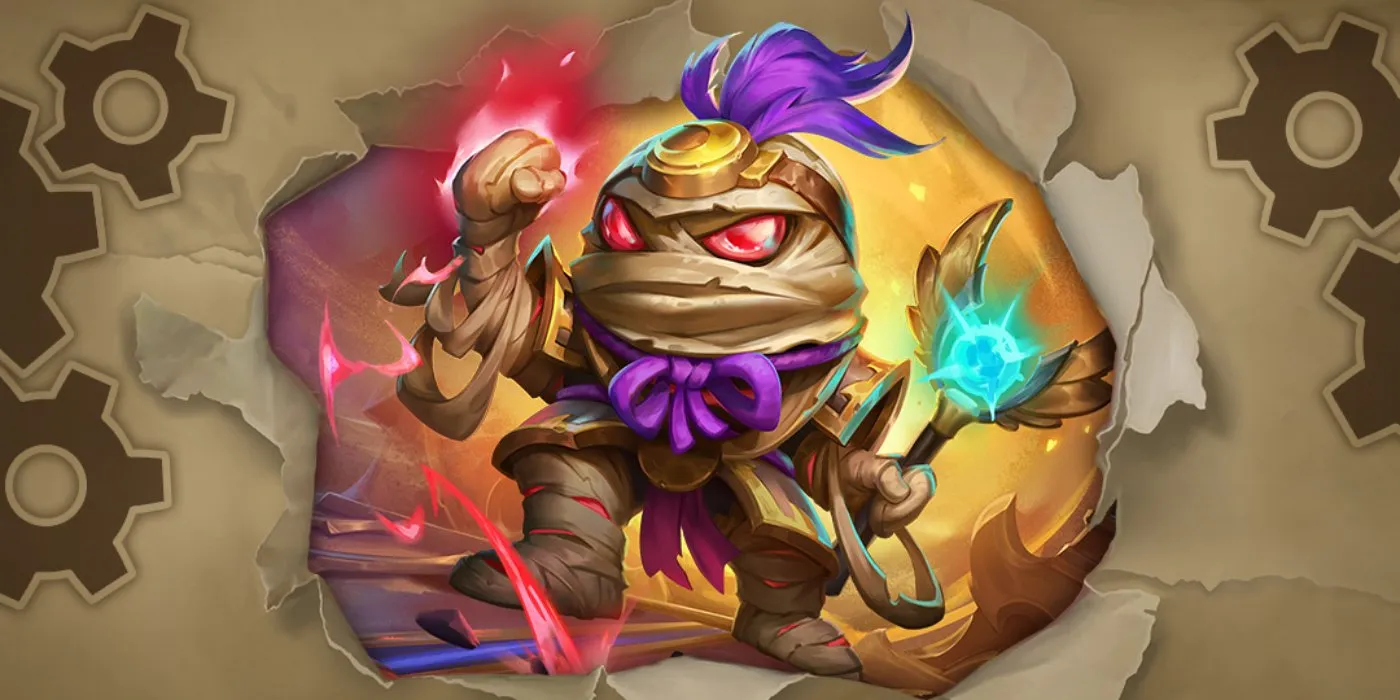
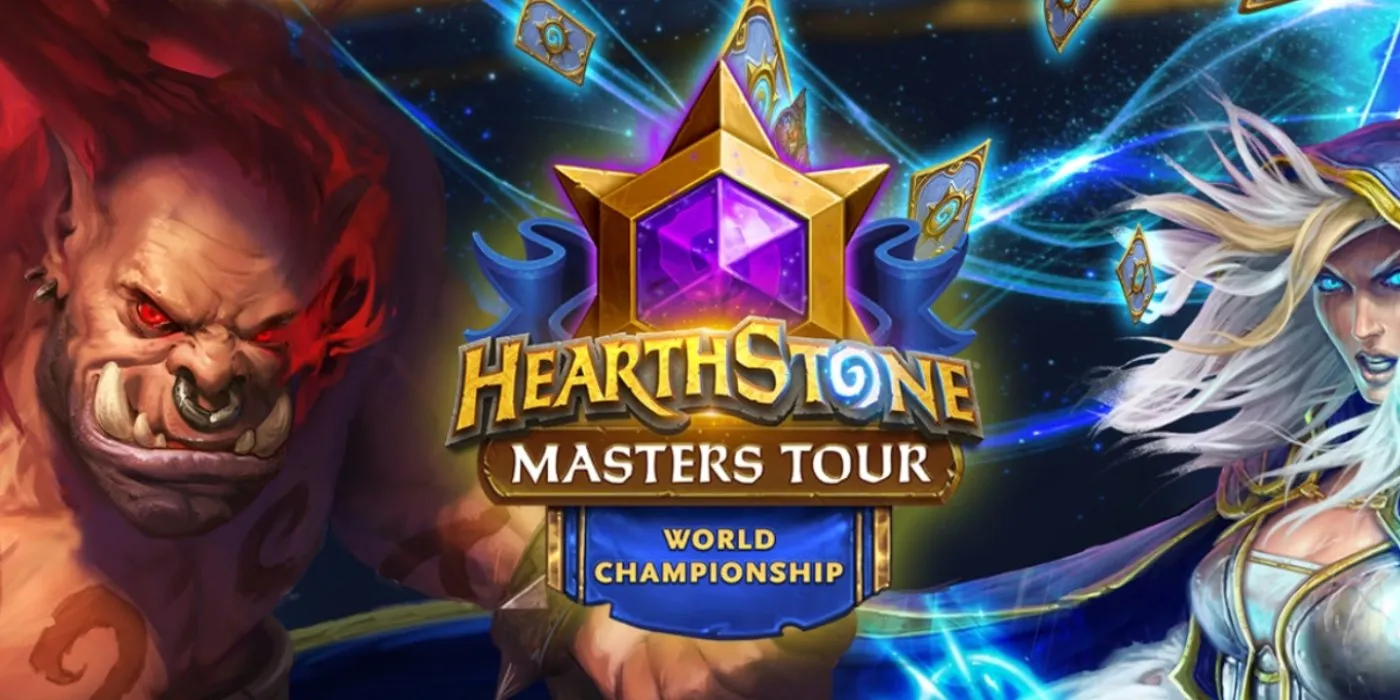
Comments
Thank you for contributing these articles every week. They are my favorite part of OOC at the moment!
Thanks for the kind words- really means a lot to me
Isn't Bomb Warrior a consistent counter to Highlander decks? I honestly don't know, or is the strategy not good enough to counter basically one card...Zephyr's.
Yeah for sure, I considered Bomb Warrior as well. I decided not to play it for this week, though, because I feel it matches up poorly against the N’Zoth control decks (doesn’t close out games quickly enough, doesn’t win in fatigue). Seems like I should’ve included a section on this in the article- sorry about that!
I recently got Keeper Stalladris and wanted a place to use him. This deck is super fun. I had a Stag druid deck with Archmage Vargoth back in Rise of Shadows that was a lot of fun. So with your deck I ended up building a Stalladris version with History Buff (always wanted to use this guy). He does amazing work too. Acornbearer pairs so well with it and buffing the Stag is brutal, especially since he is almost always active. Speaking of healing Potion Vendor is a lot better than I thought. Trading in aggressive mirrors then droping an Injured Tol'vir into vendor or pairing the her with Lightwarden just ended games.
The only downside is I did not draw [Hearthstone Card (Lifewarden) Not Found] before the game ended. I was curious how this card went and I even crafted them too! Ah well I only played a handful of games at low ladder ranks but still a fun deck for sure.
Update: Got Lifewarden, teamed up with Pyro to knock down a quest Shaman. So good!
Super neat! Glad to hear the Pyromancer version is working out for you
I come here for quality LoR content and this is the first thing I see?? Unacceptable.
I get the feeling that you’re joking? In case you’re not, I plan on doing some LoR content in the future, don’t worry (:
Definitely a joke. People are wound too tightly.
I laughed.
Just scroll down 4Head
Rude
I came here for quality comment and this is the first thing I see ...
Lighten up Francis <